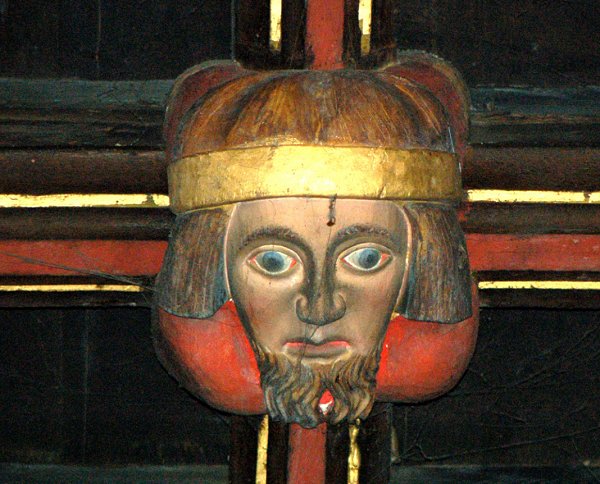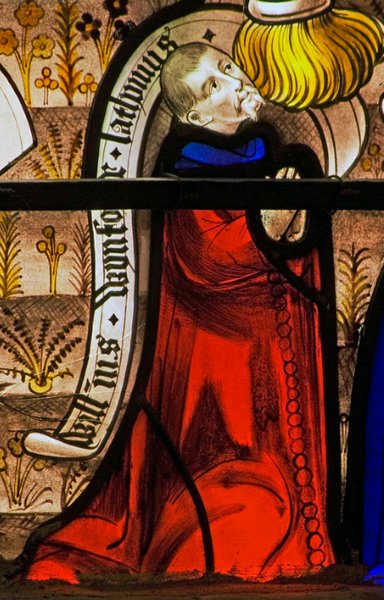the church of st john baptist
William Wynford
Designer of today's St John's church
William Wynford
(c1360-1405),
probably born at
Winford,
Somerset, was
one of the most
successful
English master
masons (the
medieval
equivalent of a
master architect
and site
supervisor) of
the 14th
century,
employing the
new Perpendicular
Gothic
architectural
style to
perfection.
He is first
mentioned in
1360, when he
was employed as
the warden of
mason’s work at
Windsor Castle.
On 1 February
1365, he became
master mason at
Wells Cathedral
and it is
believed that he
designed the
cathedral’s
southwest tower.
It is thought
that, working
under the
patronage of the
rector of St
John’s,
Robert de
Sambourne,
he almost certainly designed the new St
John’s church
that we see
today – a fine,
early example of
fully developed
Perpendicular
Gothic
architecture
with tracery of
the Reticulated
Transitional
Perpendicular
style.
It has been
mooted that William
Wynford may have
worked in
conjunction with
Yeovil-born
Henry de Yevele,
the most prolific and successful master mason active in late medieval
England. However, de Yevele’s known works throughout this period are almost
exclusively in
London and the
southeast of the
country and
would tend to
preclude this
supposition.
Similarly, William Wynford was also a very busy man as the master mason at
Wells Cathedral.
It is likely
that the
day-to-day
oversight of the
rebuilding of St
John’s church
was left to a
local master
mason, a fact
perhaps
corroborated by
the relatively
simple window
tracery.
gallery

This photograph
features in my
book 'The Church of St John the Baptist, Yeovil - a History and Guide'.
This
roof boss,
in the nave of
St John’s
church, is
thought to
represent
William Wynford,
master mason and
builder of the
church. An
alternative
theory suggests
this is a
representation
of Robert de
Sambourne,
initiator of the
church rebuild.

William Wynford portrayed in a stained glass window in Winchester College chapel.